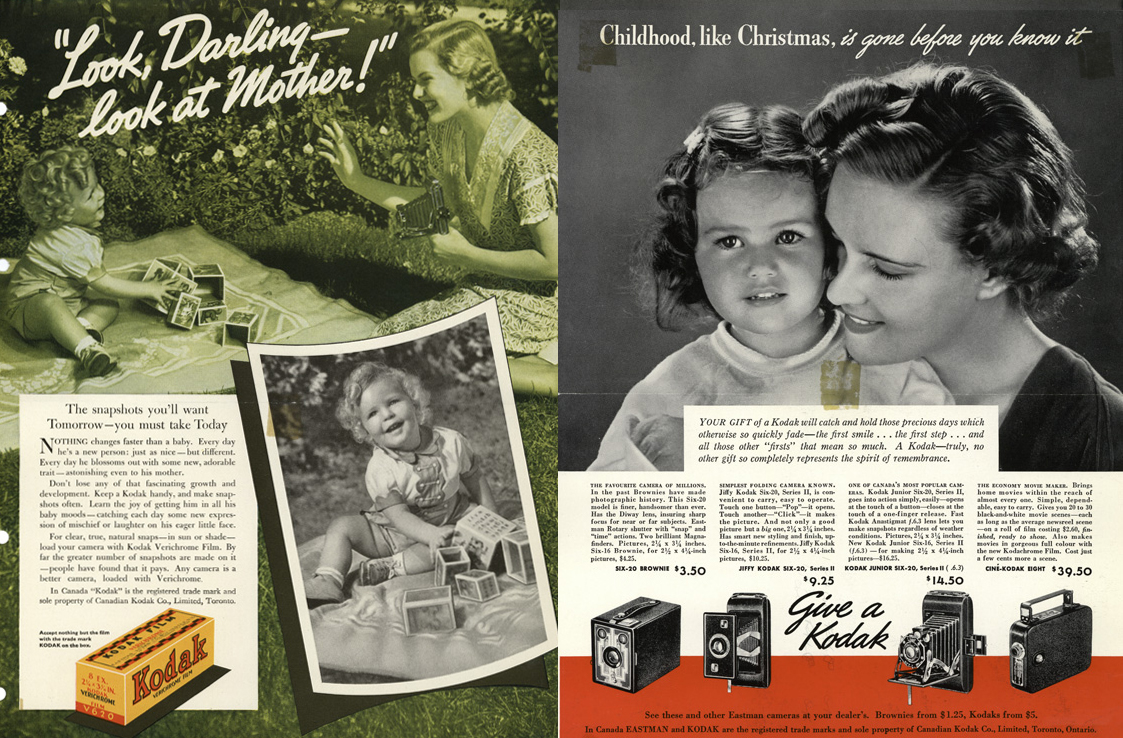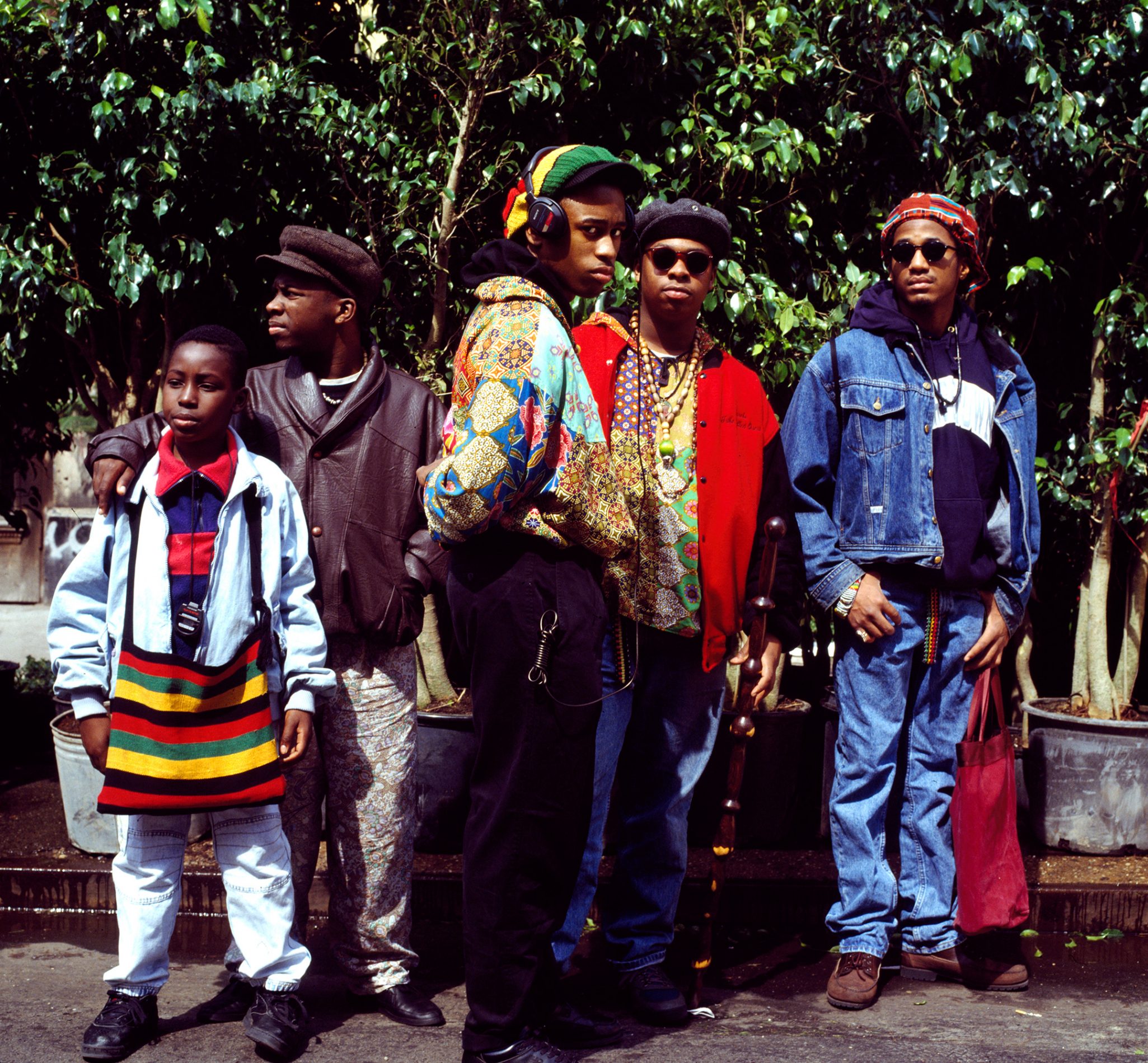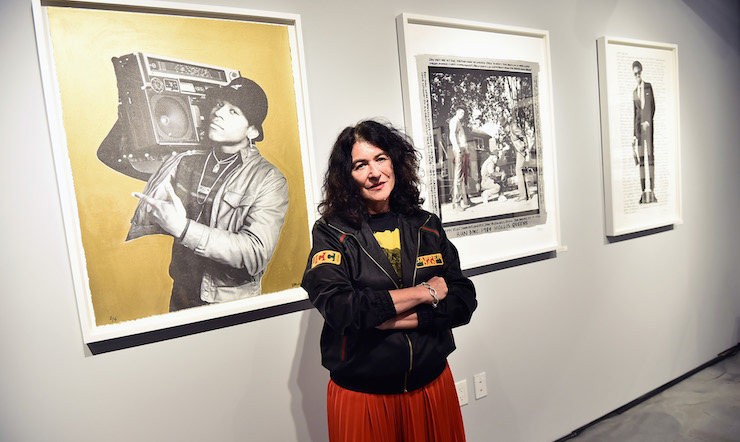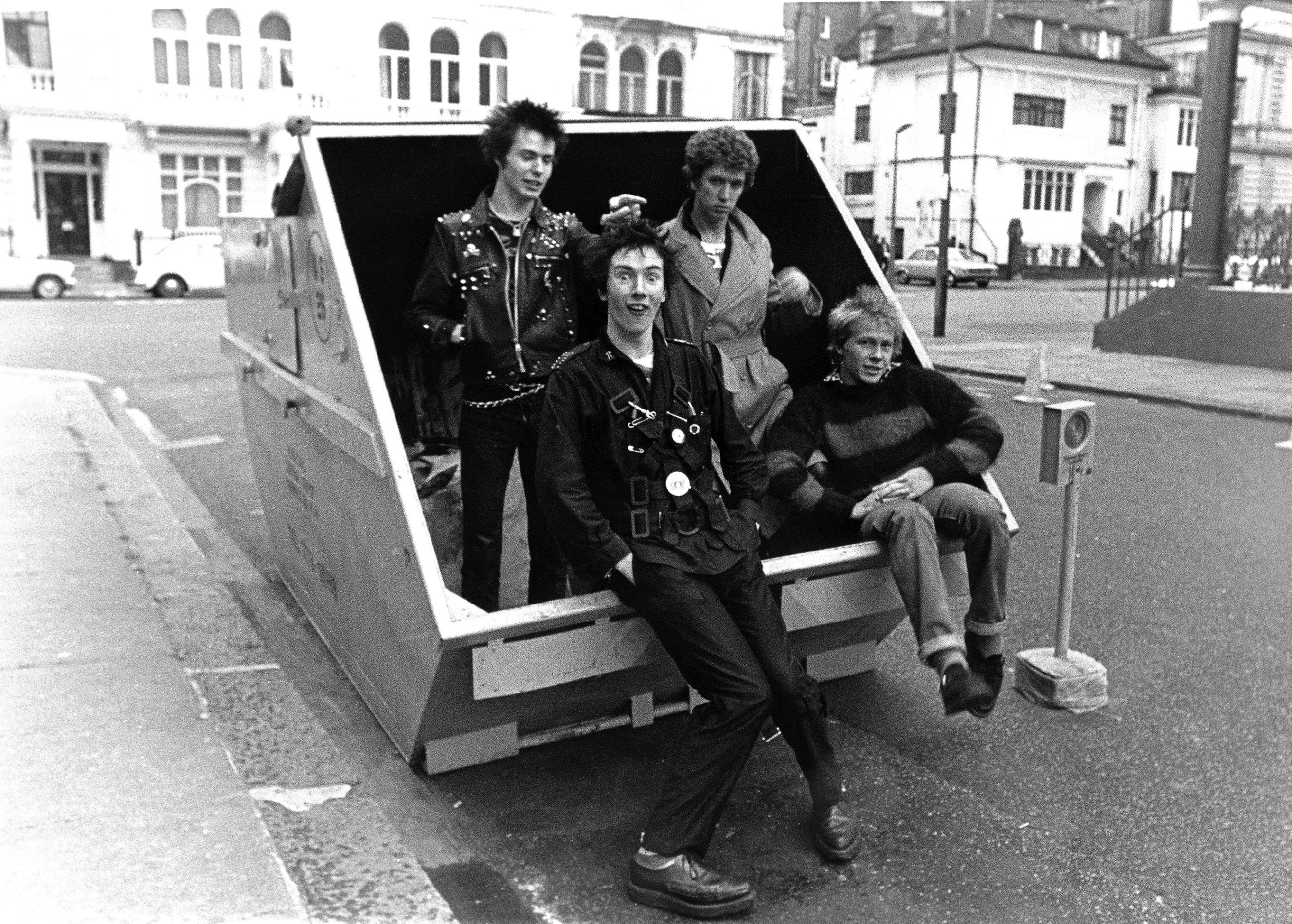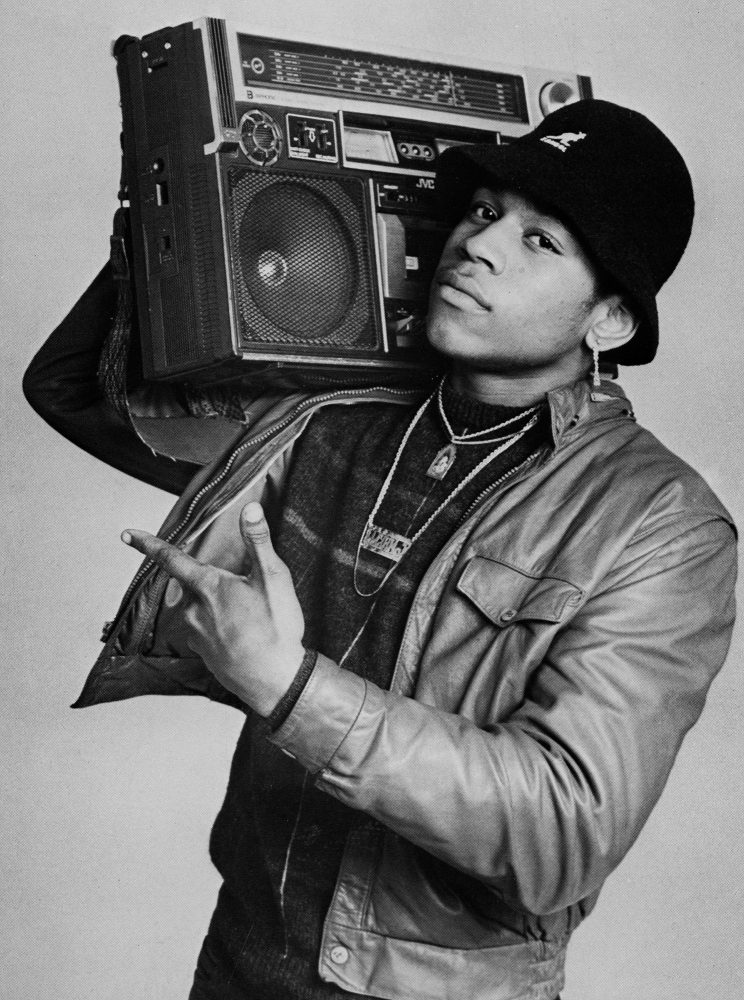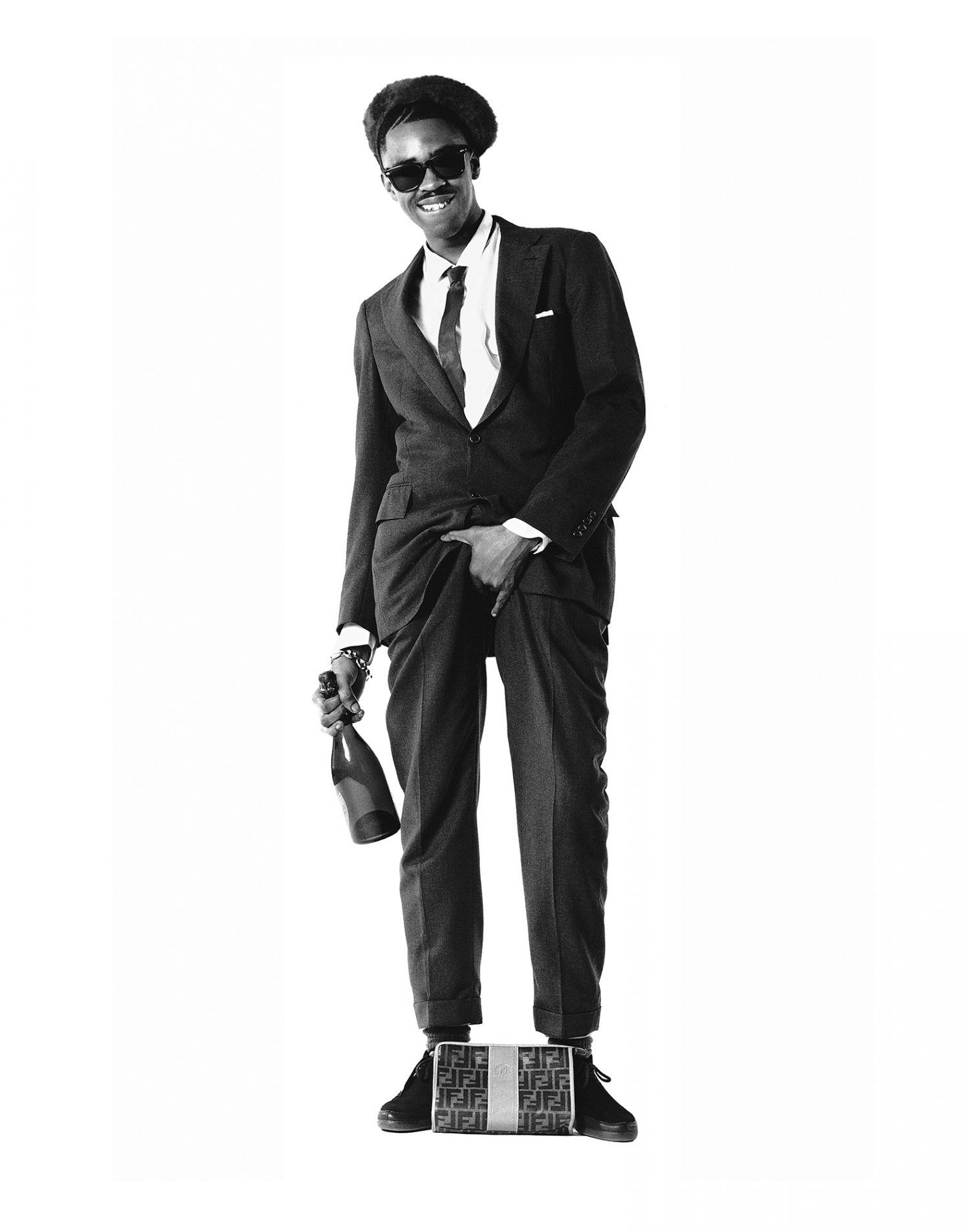Originally from Western Massachusetts, the multi-talented creator Rodney Hazard first moved to New York to study design at St. John’s University. After starting his career as a graphic designer, he has worked as a creative director in many fields.
However, over the past years, he has also dedicated his artistic vision to something more: music. With already many successful releases offering a one-of-a-kind sound, his most recent project “Sandcastles,” premieres today.
Sight and sound is everything for creator Rodney Hazard
Art has always been an outlet for the Brooklyn-based creative director, graphic designer, and artist. Whether visuals inform his sound or vice-versa, or whether the two meet somewhere in the middle, it is a realm of his own that Hazard is developing.
His design and music are always “reflecting one another,” he explained.
Also working as a DJ, Hazard’s passion for sharing creativity and emotion with his audience comes before anything else.
Being in front of people and seeing their reactions live. It’s a kind of energy that is unmatched.
Rodney Hazard
And his live performances aim at nothing less. From live beat-making to party sets, the artist always sets out to create a memorable sensory experience for his audience.
Projecting ever-lasting compilations of footage or fractal images (never looping so as to perpetuate the story-telling in his art), his visuals are queued and synced to the sounds he plays.
After a year of trying to recreate that through streaming from home, there is little to contain the excitement of being able to bring his evolving sound back to life.
“Down-tempo melodic trap”
Growing up, Hazard’s record collection comprised tapes by Duran-Duran, and A Tribe Called Quest, all the way to Sade and Bob Marley. His eclectic influences supplied him with a lot to pull from whether consciously or not.
As a result, it is difficult to describe his music. And that’s what makes it so special. Steering clear of defining words, his sound lies in a magical place between afro-beats, hip-hop, r&b, electronic and melodious music.
“Hip Hop is what started everything for me,” says Hazard. Ultimately, the artist’s love for music as a whole is what transpires constantly while talking about his music.
One of Hazard’s first yet most marking collaborations include his time he spent at Diddy Studios in Manhattan with the late rapper, Heavy D, when he was just a senior in school.
Being the first in and last out, everyday, Hazard was forever impacted by the musician’s work ethic, keeping that drive for his craft with him ever since. Starting under Heavy D’s wing, he came out of that period as a close collaborator to him.
Today, he still remembers the importance of seeing every new project as something fresh. He remembers to love every second it, as if he had just started out, the way Heavy D did. With long-lasting passion.
Working magic
Being talented across artistic fields hasn’t stopped creator Rodney Hazard from seeking out collaborators to produce the most engaging work.
His last release this year was titled Mercury Ocean, a 5 track EP. Over the pandemic, Hazard connected with Puerto Rican singer Gigi Santos, making this mini-album a product of this past year at home.
First releasing a track that attracted over 100,000 streams, the duo pursued their endeavors, following Santos’ idea to create a sound that channeled the feeling of “a foreign, underwater world where you can still find your place,” Rodney explained.
A concept that went hand in hand with his approach to making sensory music that seeks to transport the listener, the chemistry between the two musicians led to a sound of its own.
Rodney Hazard’s “Sandcastles”
Unique, transporting music is characteristic of Rodney Hazard’s art. “The world’s my gem,” he said, explaining that being outdoors is always a source of life and inspiration.
Indeed, it is following a trip to Hawaii, which Rodney found absolutely magical, that his new record “Sandcastles” came to be. Honoring the spirit of the place, from mountains to the ocean, the track is a voyage into a different world.
Hazard started the track on the plane as he arrived on the island, and finished it once on site. Being immersed in the original place of inspiration for the song allowed him to create a piece that takes us on a journey with him, filled with textured sounds.
The stereo image of the track is as captivating as can be, as he played with space throughout the production and mixing process, for a final product that plays with our senses.
The sensory quality of the project is complemented by Rodney’s collaboration with visual artist Fractually. Self-acclaimed as the “Fractal God”, the New Zealand native first worked with Rodney on his project “Eagle” earlier this year. Together, the two creatives continue to develop an artistic universe that is rather mesmerizing.
Taking the world by storm
This track is a teaser for his upcoming full EP Sandcastles. Moreover, it is a first taste for the new sound Rodney has been developing, which will be revealed to us with a full album titled Nightvision later this year.
For the man that started out as a graphic designer to becoming a creative director, that’s not even all: Hazard has another record in the works and scheduled to release August 6. It is called “Smokey,” so keep an eye out.




